Nonfiction text structures can be a challenging concept for students to grasp. Because of this challenge, I used to wait until later in the school year to introduce these text structures. But, I realized that was a disservice to my students. They need time to process and and apply nonfiction structures in all content areas throughout the year.
I now introduce this concept at the beginning of the year. While students will likely not immediately master nonfiction text structures, these lessons serve as a starting place. Students then have time develop a deeper understanding and the ability to apply these writing styles throughout the year.
Because time is always a factor, I combine concepts and content whenever I can. I’m thrilled that I was able to develop a way to introduce nonfiction text structures through back to school activities. You can find the lessons here.
Compare and Contrast
In the compare and contrast activity, students find similarities and the differences between their current grade level and their previous grade level. This will allow you to solidify your classroom expectations while introducing comparing and contrasting. You can have students brainstorm ways their current grade level is similar to their previous grade level and record the similarities on the Venn-Diagram. Then, have students brainstorm ways their current grade level is different from their previous grade level and record those differences on the Venn-Diagram.
After completing the Venn-Diagram, students may use the This Year and Last Year sentence starters to write their own compare and contrast paragraph(s). At this point in the year, even upper elementary students need the extra scaffolding.
Cause and Effect
You can use cause and effect relationships to help students understand the reasoning and importance of your classroom rules and expectations. Before beginning the lesson, make sure students understand the difference between a cause and an effect and give students time to share examples of both. There is one option of the graphic organizer where you fill out the causes and/or effects to make this specific to your classroom. The second option includes prefilled scenarios and examples.
In either option, you may want to allow students to work in groups and assign different rules or procedures to different groups. Then, after completing the task, students may come together and share a collection of paragraphs. Students may use the graphic organizer to write their own cause and effect paragraph.
Sequential Order
This activity allows you to review arrival and dismissal routines while introducing sequential order. Another option is to have students write a sequential order paragraph that shares students’ daily schedule. Another option is to divide students into groups and have some students write a paragraph on arrival procedures, some students write a paragraph on dismissal procedures, and another group writing a paragraph explaining the daily schedule.
Once again, students can use the graphic organizer and the scaffolded writing paper to write a sequential order paragraph.
Descriptive
Descriptive paragraphs are often reserved for fiction writing, but they also play an important role in informational writing. One option for this activity is to have students describe different parts of the classroom, school, or playground. For example, if describing the playground, students may describe a piece of equipment and the safety rules for using that equipment. Another option is have students describe what math workshop or what reading workshop looks like. You can even have students describe what a good listener looks like. I’ve found that students have to be taught how to listen with their whole body, so is often a valuable lesson.
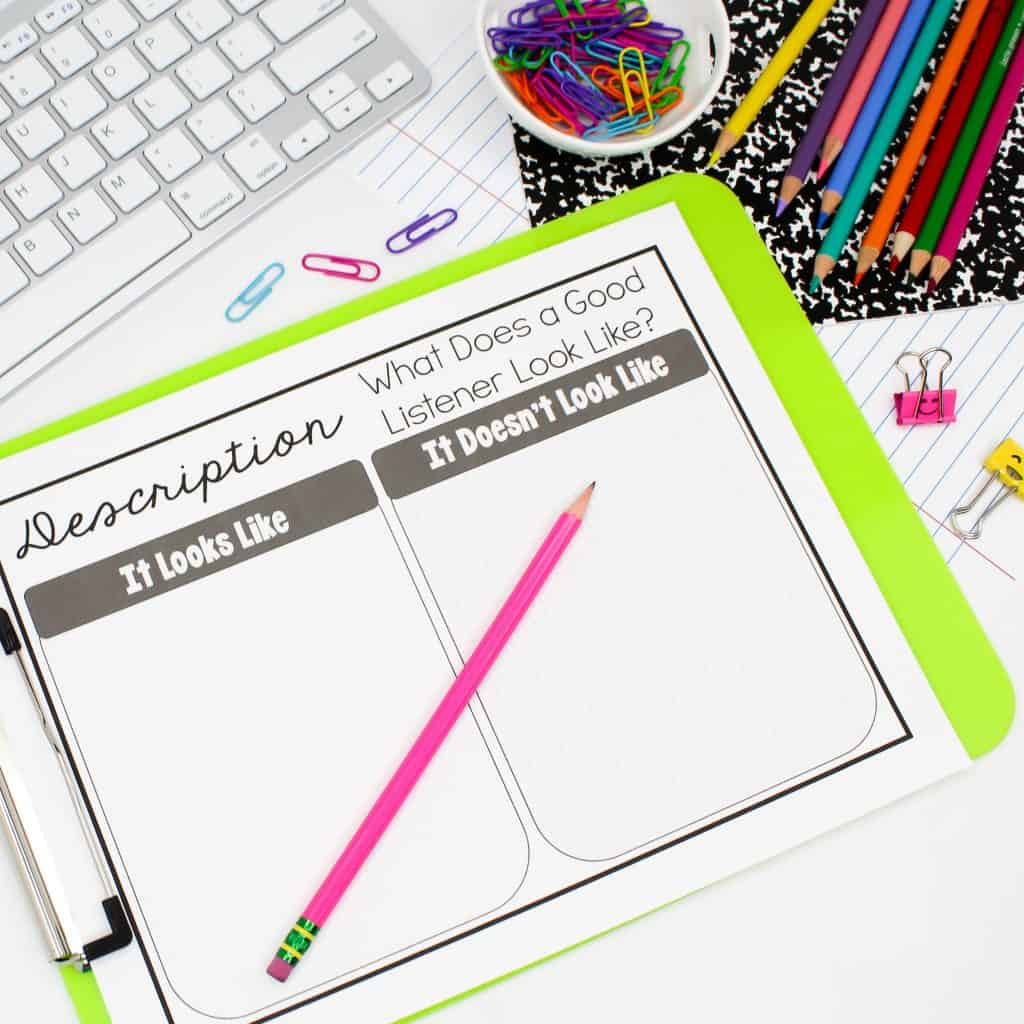
Once again, students may use the graphic organizer and scaffolded template to write their own descriptive paragraph. They can also write the paragraph on their own without the extra support.
Problem and Solution
Problem and solution text structure is often one of the more challenging text structures for students to grasp. Fortunately, this lesson is a great introduction to this structure AND it gives students the opportunity to practice finding solutions to common problems.
Give students an example of a typical problem such as forgetting to complete or turn-in assignments or homework. Then, model how to write steps to solve the problem and what the solution to the problem might be. Rather than writing about the steps used to solve the problem, you can choose the version that indicates three options students have to solve the problem. In either version, you may want to allow students to work in groups and assign different problems to different groups. Then, after completing the task, students may come together and share a collection of problems and solutions
There is an alternative version of the graphic organizer and writing paper to provide you with multiple options. Students may use the graphic organizer to write their own problem and solution paragraph. You can find all of the lessons above in my Nonfiction Text Structures With Back To School Activities resource.

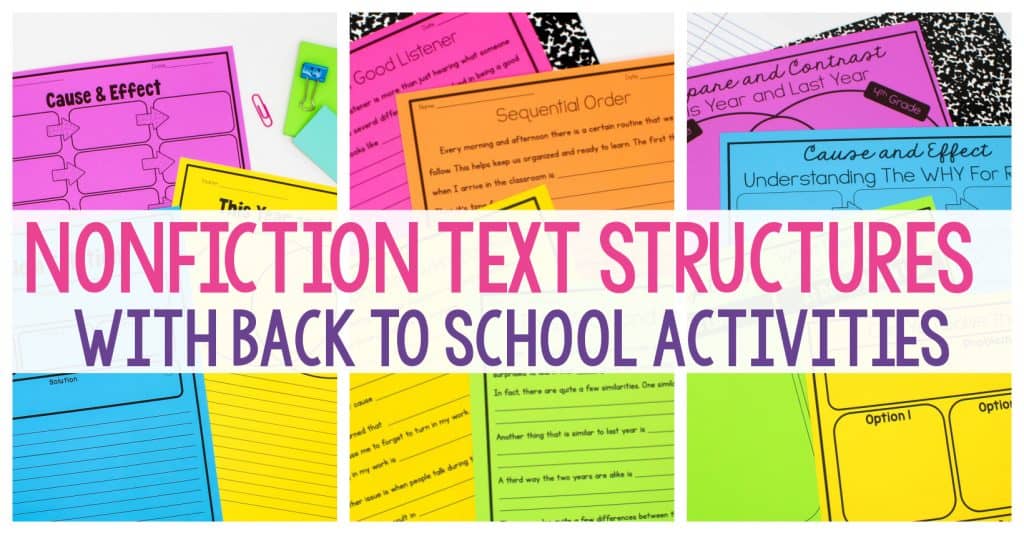
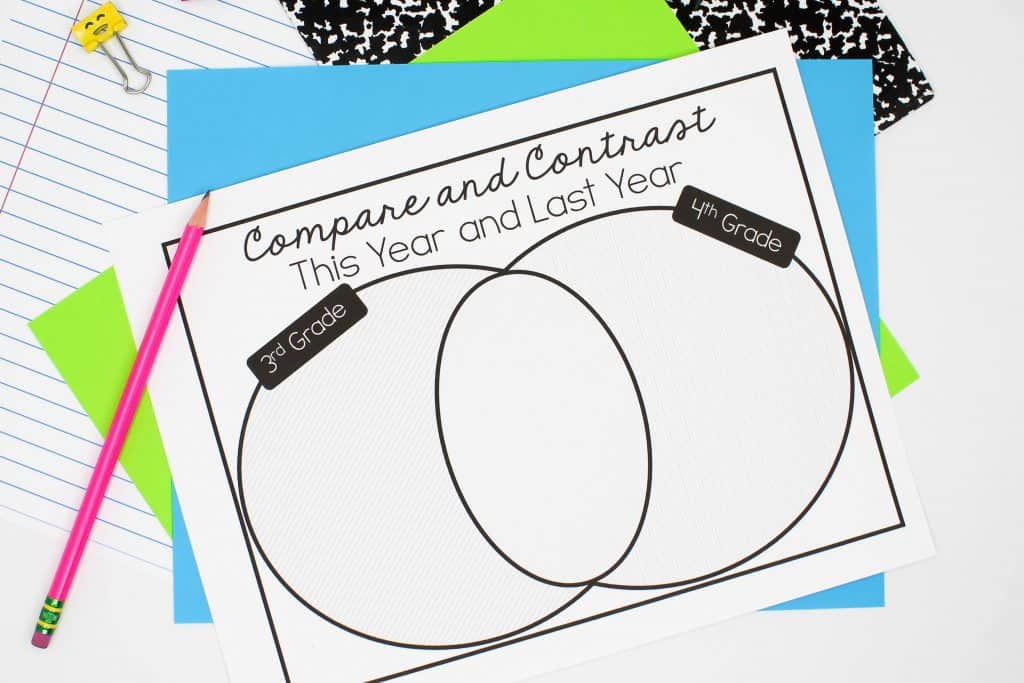
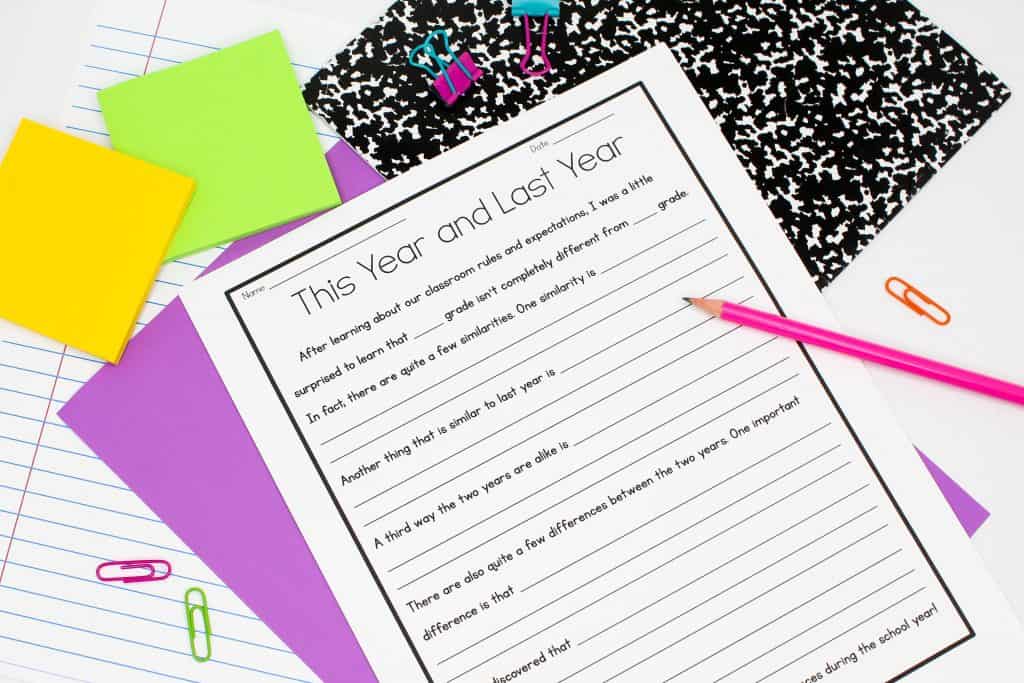
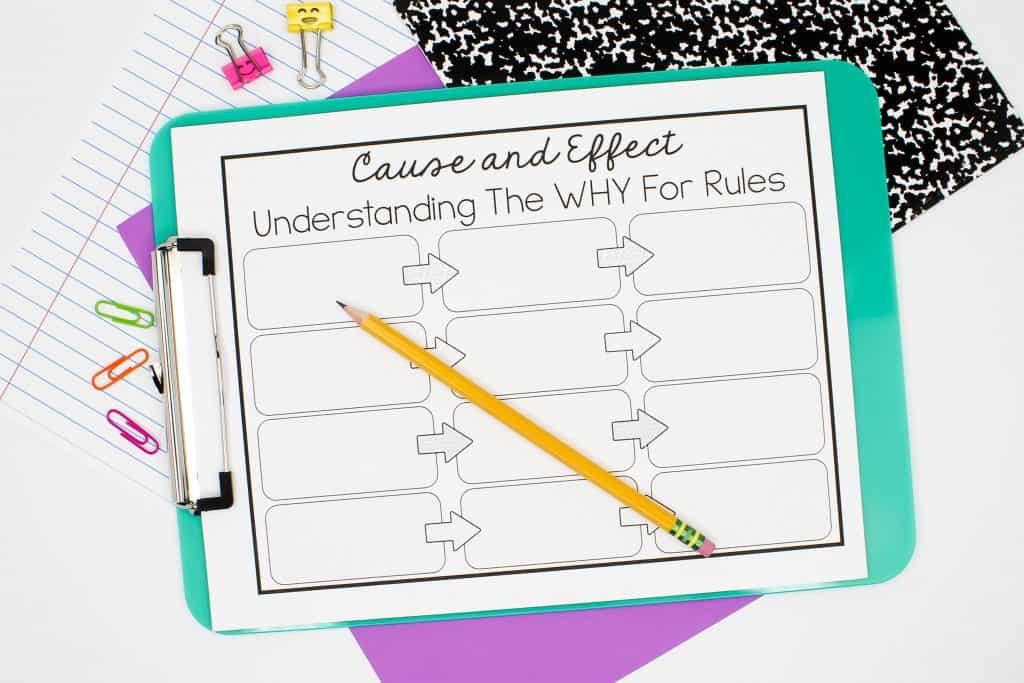
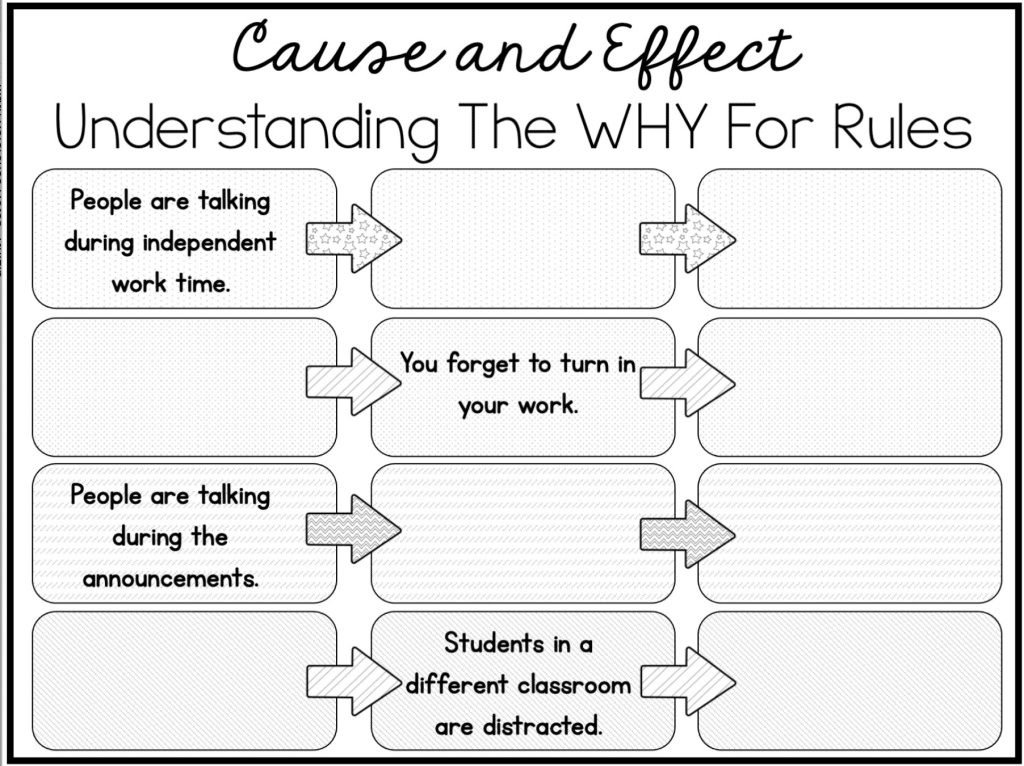
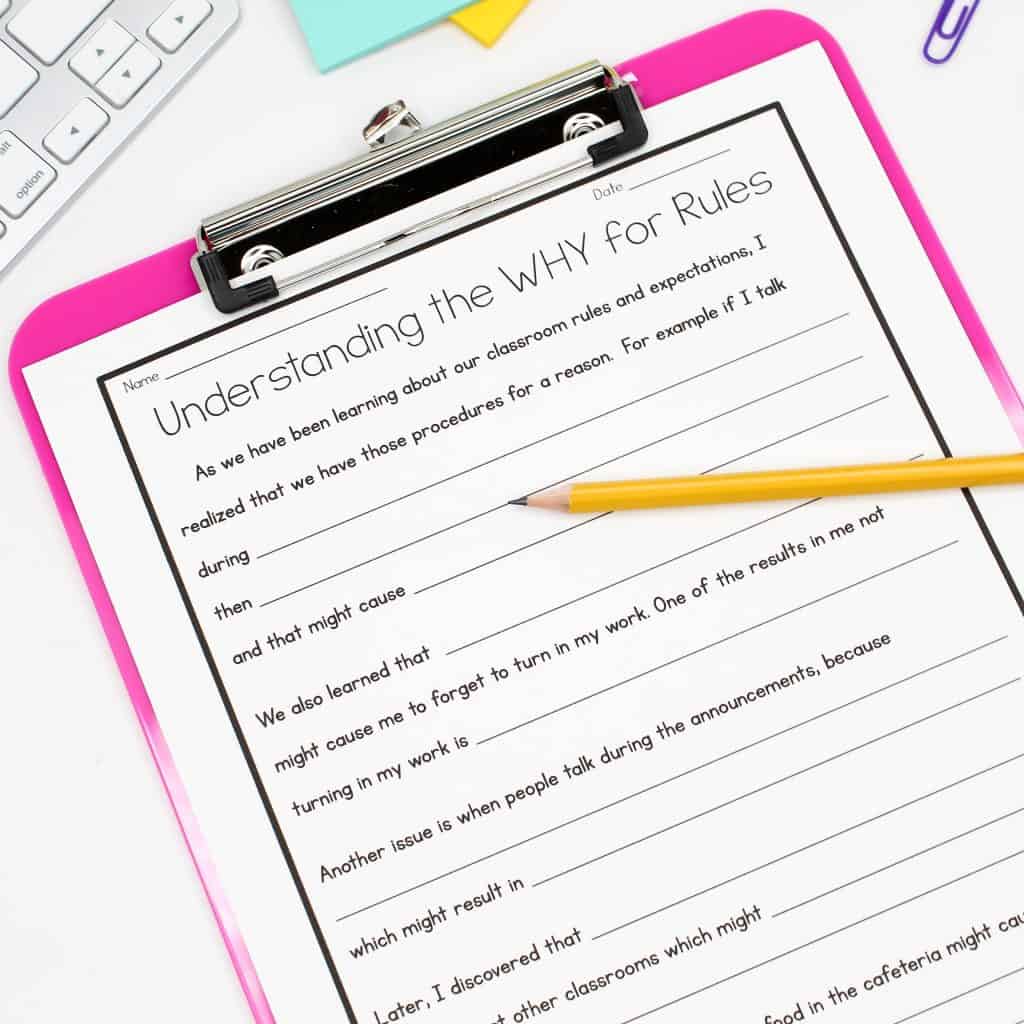
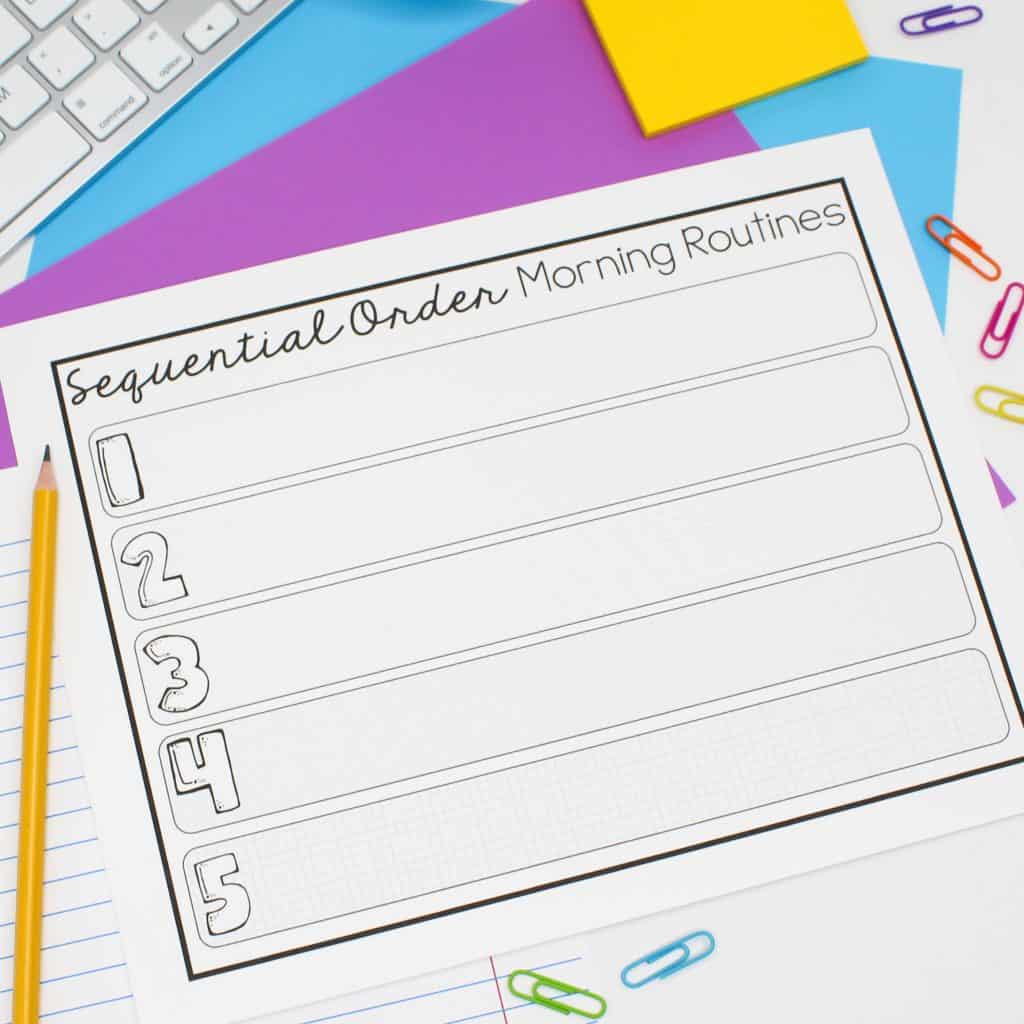
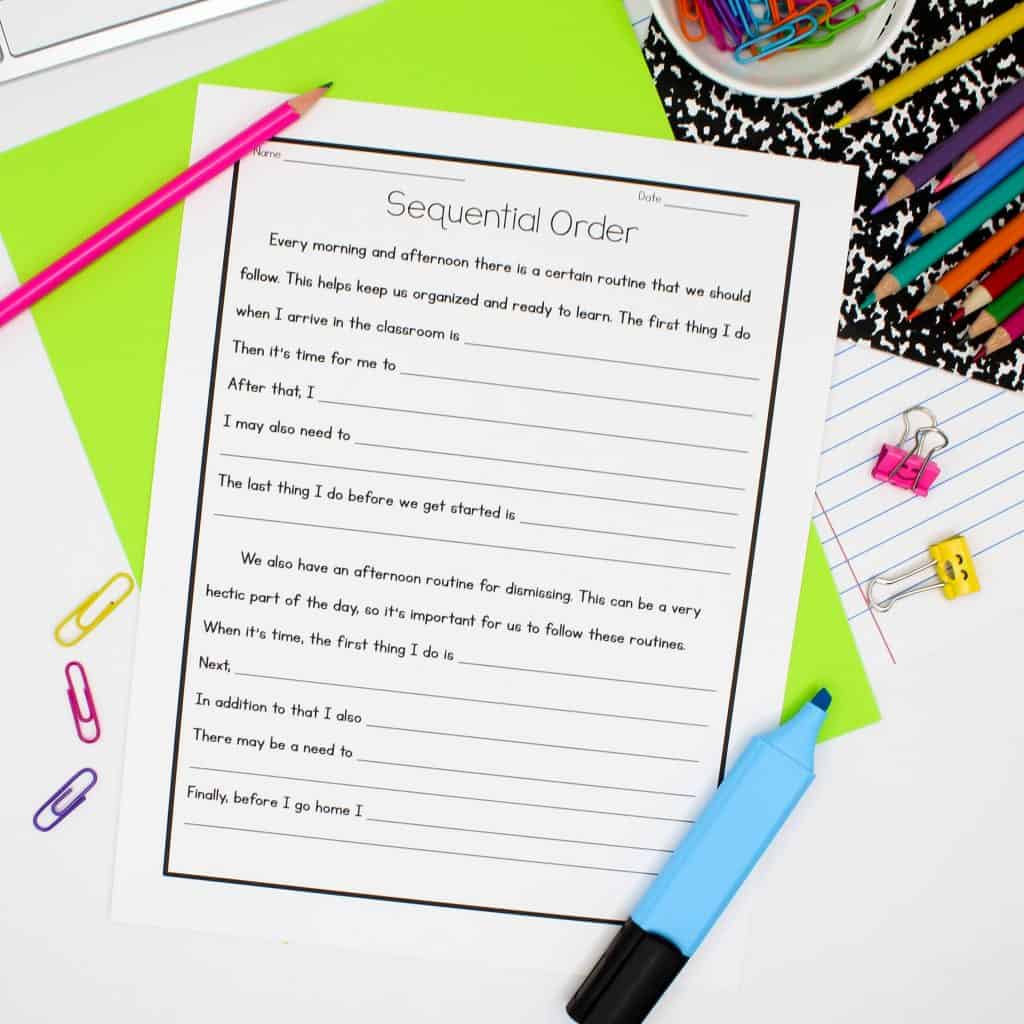
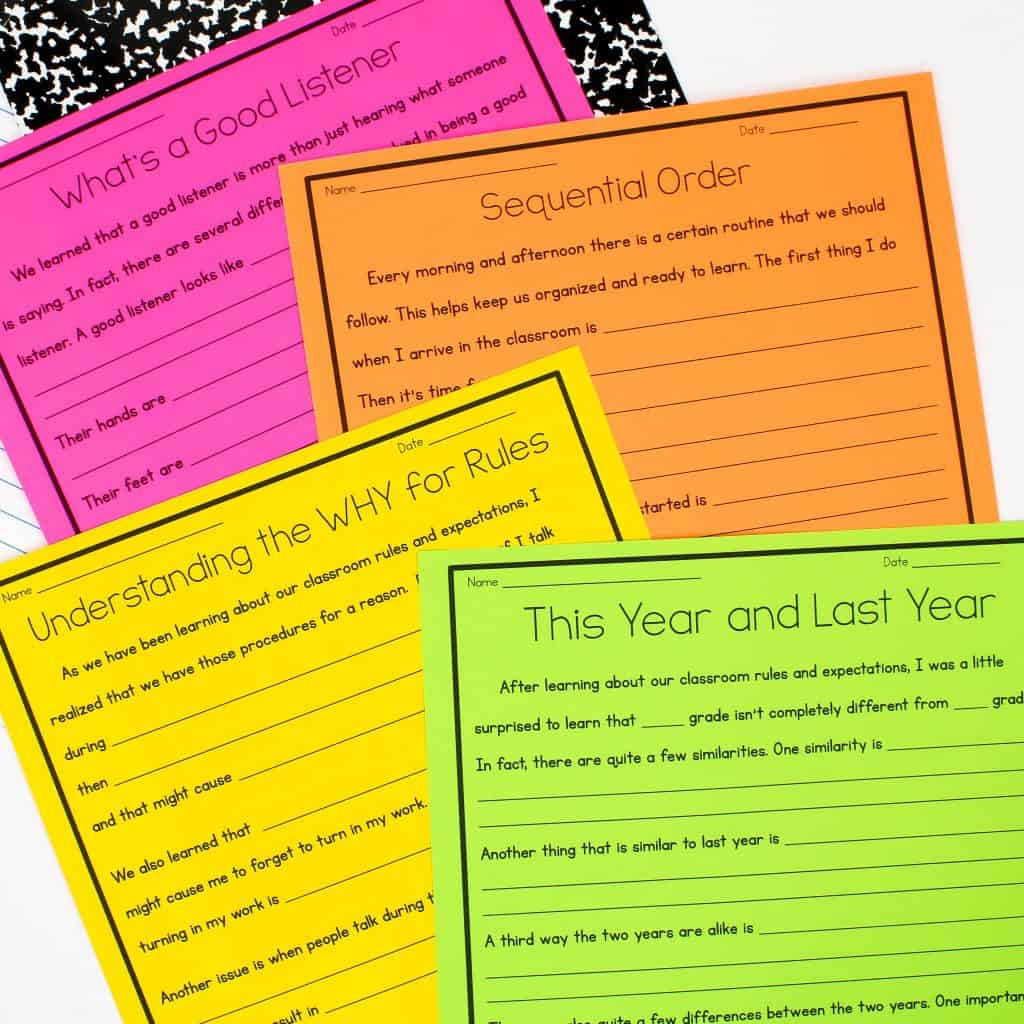
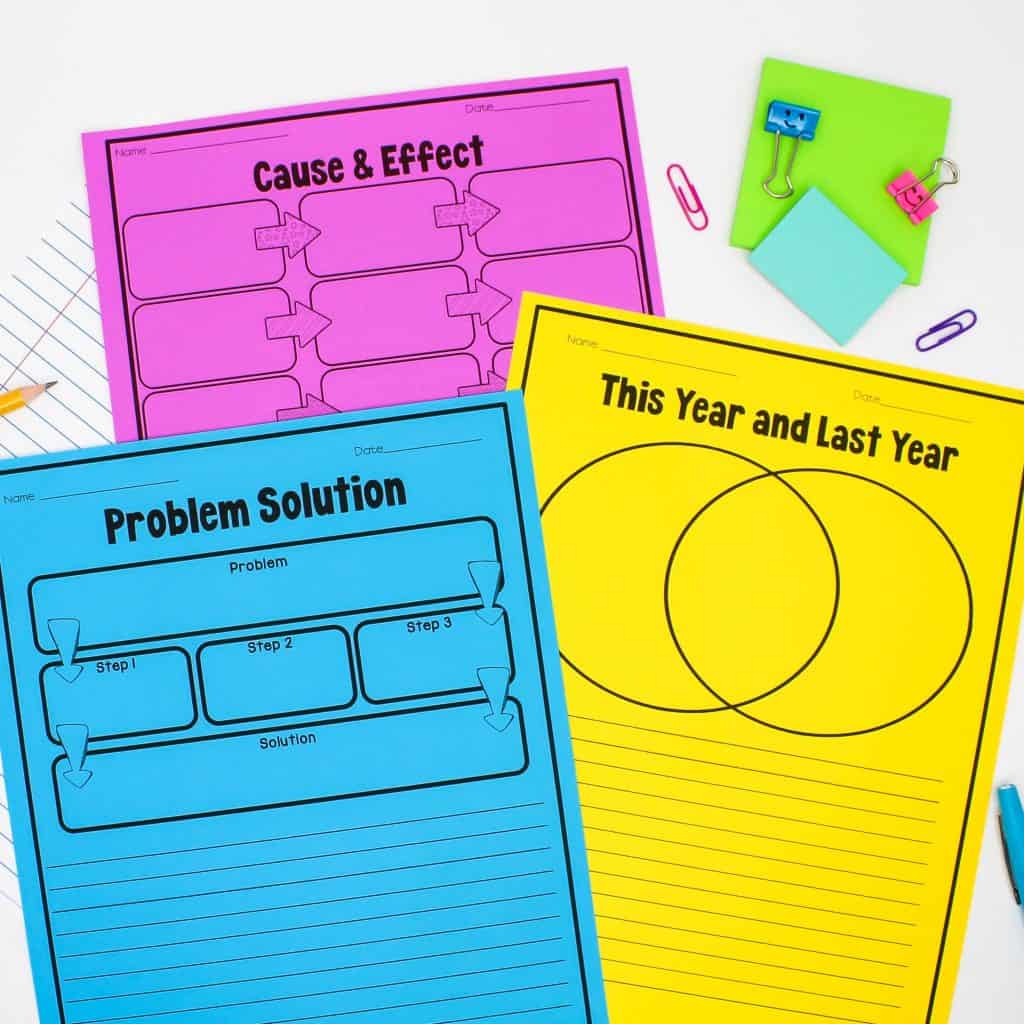
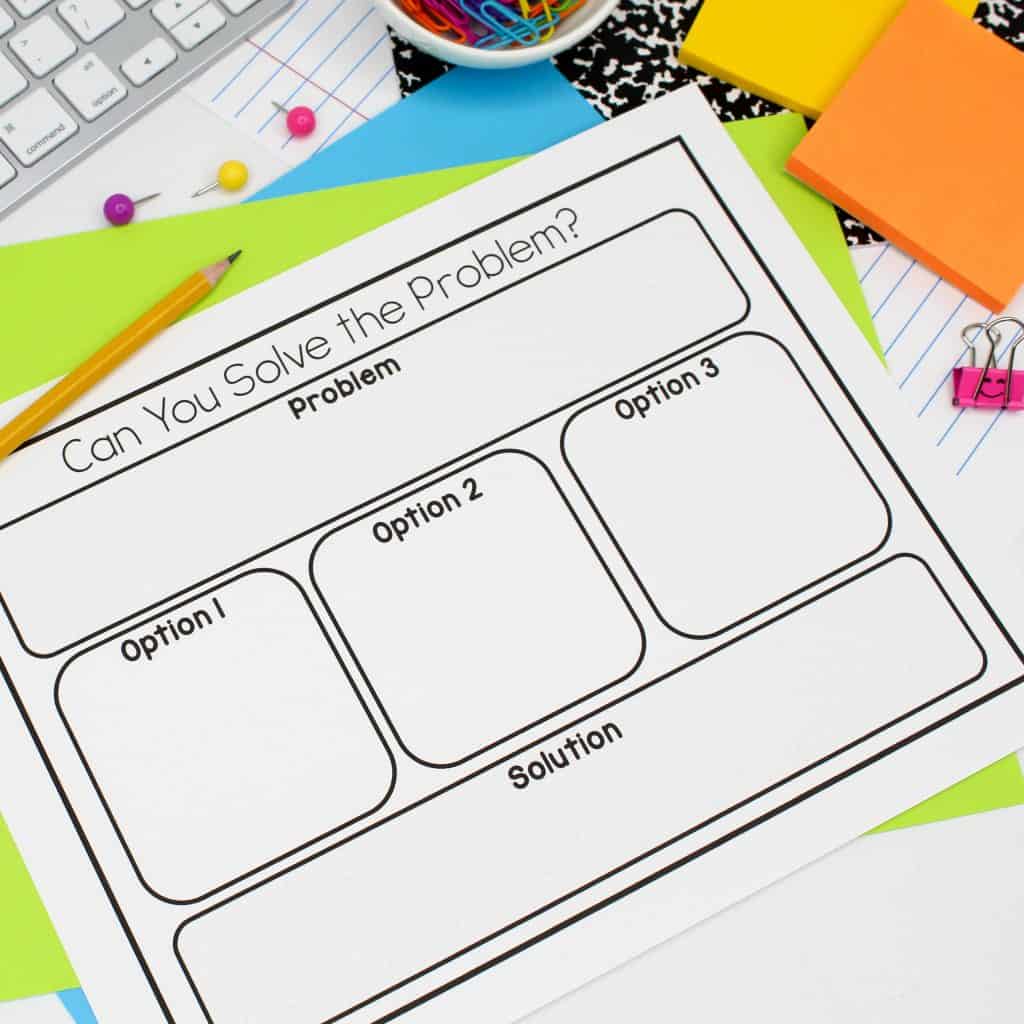
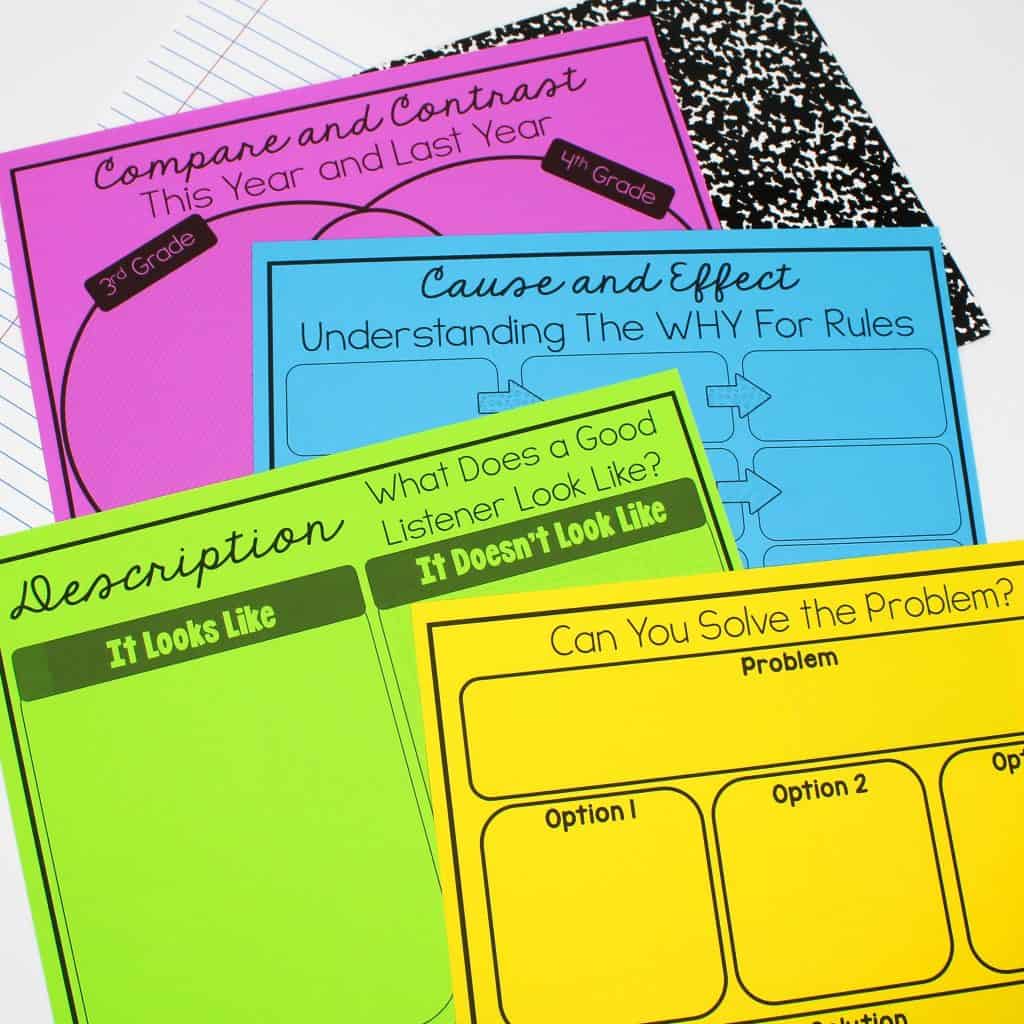


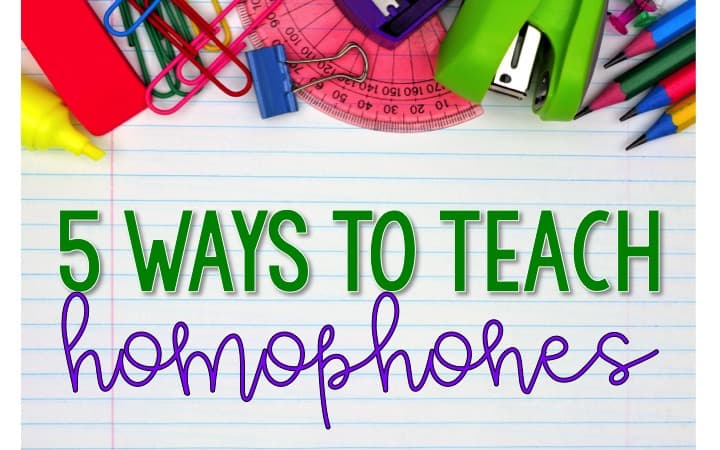
Thank you for the download.